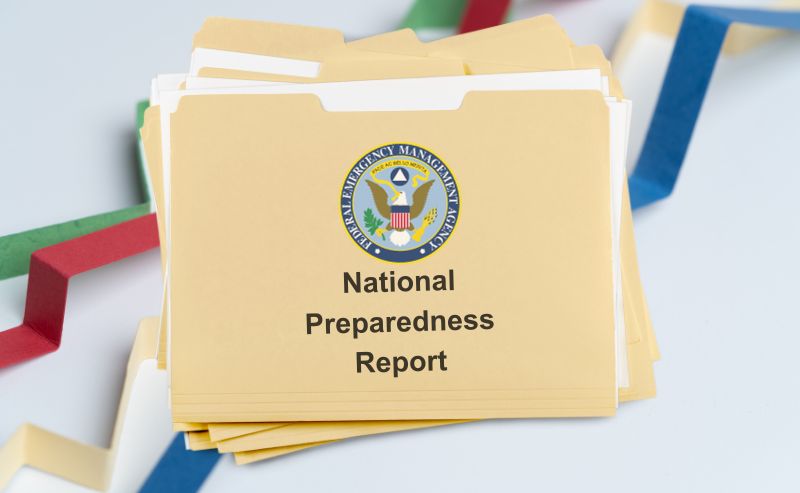Does your organization still rely on old-school binders to manage its emergency response and continuity plans? If so, you are not alone. But, you are at a disadvantage. Paper-based plans are riddled with potential snags, and often produce less than stellar results. Just ask the planners who continually struggle to keep their operations’ plans current, accessible and actionable every day.
Automation, or more specifically, the use of online planning software, is a proven and viable solution to several long-standing problems. Consider these five key reasons to “ban the binder,” so your operation can better plan for and manage the unexpected.
1. Information sharing and collaboration – Emergency preparedness planning does not take place in silos. It requires great collaboration between multiple people, departments, external agencies, and others. It also involves the sharing of pertinent information on a continual basis. Unfortunately, the manual exchange of emails, documents, maps and other intelligence only complicates the plan development process, and increases the likelihood for error. Online planning software provides all stakeholders secure, 24/7 access to a single resource, where they can easily manage their individual portion of the plan(s), including the storage of essential documentation.
2. Time savings – A comprehensive plan is really a conglomeration of multiple mini-plans. Each has its own corresponding activities, personnel, facilities, etc. As such, precious time can be wasted while individuals manually scour printed tables of contents or indexes looking for the right piece of information. With well-designed online planning software, information is easily accessed and key elements can be searched electronically to uncover crucial information or instruction within seconds.
3. Security – Because of the sheer nature of these plans, it is imperative that all information be protected. Yet, binder shelves have virtually no access limitations and safeguards. Online planning software provides for permission-based access to plan details and contact information via assigned usernames and passwords. Moreover, logins and other activities are generally time-stamped and recorded for auditing or investigative purposes.
4. Making and tracking changes – Keeping paper-based plans current is difficult at best. Simple changes in personnel and resources may require the costly reprint and time-intensive replacement of entire sections in multiple binders. Online planning software makes editing easy. Users simply log in, make the necessary changes and save. Roles, responsibilities, team assignments, and other important details are updated automatically. Further, the distribution of all changes in planning guidance and best practices is done uniformly, consistently and in real time across all plans.
5. Availability – A binder-laden shelf is hard, if not impossible, to move in the event of a disaster impacting an organization’s facility. It might not even be accessible, or its contents could be destroyed. Even if other copies exist in separate locations, they too may not be obtainable or complete. Online planning software is safely “in the cloud” and always available to those with a network connection. Apps put emergency response plans directly into the hands of people wherever they may be, helping ensure the appropriate actions are taken in an emergency.
Manual, paper-based planning approaches have recognizably served their role in the past, but they no longer fulfill today’s modern requirements. Now is the perfect time to “ban the binder,” and implement online planning software like that provided by BOLDplanning. With the right solution, your organization will gain an easier, faster, more flexible, and more effective approach to emergency response and hazard mitigation planning, and ultimately achieve a higher level of preparedness.






